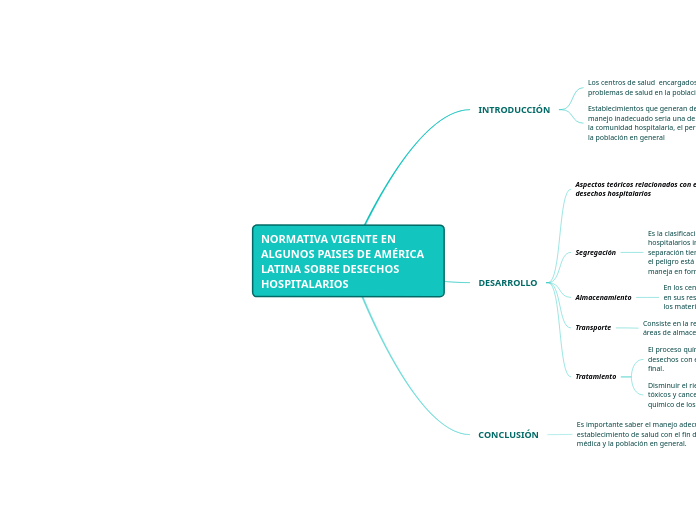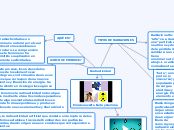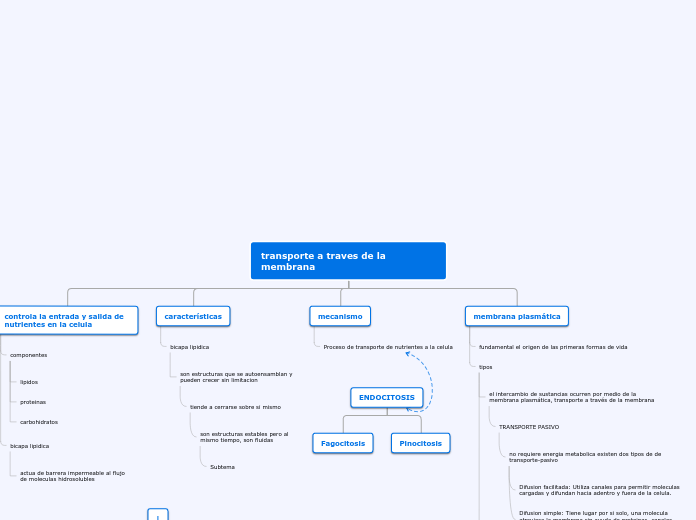NORMATIVA VIGENTE EN ALGUNOS PAISES DE AMÉRICA LATINA SOBRE DESECHOS HOSPITALARIOS
The Solar System is the gravitationally bound system of the Sun and the objects that orbit it, either directly or indirectly. Of the objects that orbit the Sun directly, the largest are the eight planets, with the remainder being smaller objects, the dwarf planets, and small Solar System bodies.
CONCLUSIÓN
Jupiter is a giant gas world that is the most massive planet in our solar system.
Its swirling clouds are colorful due to different types of trace gases.
And a major feature in its swirling clouds is the Great Red Spot, a giant storm more than 10,000 miles wide. It has raged at more than 400 mph for the last 150 years, at least.
Jupiter has a strong magnetic field, and with 75 moons, it looks a bit like a miniature solar system.
Es importante saber el manejo adecuado de todos los desechos hospitalarios fuera y dentro del establecimiento de salud con el fin de disminuir los riesgos que representan para la comunidad médica y la población en general.
How long does it take for Jupiter to go around the sun?
DESARROLLO
Mars is a cold, desert-like place covered in dust. This dust is made of iron oxides, giving the planet its iconic red hue.
Mars shares similarities with Earth: It is rocky, has mountains, valleys and canyons, and storm systems ranging from localized tornado-like dust devils to planet-engulfing dust storms.
Tratamiento
Disminuir el riesgo de exposición tanto a gérmenes patógenos como a productos químicos tóxicos y cancerígenos, mediante la desinfección o inactivación y la neutralización del riesgo químico de los desechos especiales
El proceso químico, térmico, físico o biológico, diseñado para cambiar el carácter peligroso de los desechos con el fin de hacer segura las etapas de recolección, transporte externo y disposición final.
Transporte
Mars has two small moons.
Name these moons.
Consiste en la recolección y el traslado de los desechos desde los sitios de generación hasta las áreas de almacenamiento temporal y final es decir fuera del establecimiento de salud.
Almacenamiento
How long does it take for Mars to go around the sun?
En los centros de salud los desechos suelen ser clasificados, identificados y colocados en sus respectivos recipientes además del depósito, protección y responsabilidad de los materiales dispuestos en un área especifica.
Segregación
A planet's day is the time it takes the planet to rotate or spin once on its axis.
Write down Mars's day measured in Earth days.
Es la clasificación y separación de los desechos hospitalarios inmediatamente después de ocuparlo. La separación tiene las siguientes ventajas: ya que el peligro está en la fracción infecciosa y especial, que se maneja en forma separada
Reduce el riesgo de exposición para las personas que están en contacto directo con los desechos.
Aísla los desechos peligrosos tanto infecciosos como especiales
Aspectos teóricos relacionados con el manejo de los desechos hospitalarios
En los desechos hospitalarios incluyen objetos punzo-cortantes y sustancias inflamables, radioactivas y tóxicas.
Presenta dificultades y riesgos importantes, debido al carácter infeccioso y a la heterogeneidad de su composición.
INTRODUCCIÓN
Mercury is the smallest, only a little bit larger than Earth's moon. Mercury has no moon.
It experiences dramatic changes in its day and night temperatures: Day temperatures can reach a scorching 840 F (450 C), which is hot enough to melt lead. Meanwhile, on the night side, temperatures drop to minus 290 F (minus 180 C).
It also has a very thin atmosphere of oxygen, sodium, hydrogen, helium, and potassium and can't break-up incoming meteors, so its surface is pockmarked with craters, just like the moon.
Establecimientos que generan desechos que presentan riesgos cuyo manejo inadecuado seria una de las consecuencias para la salud de la comunidad hospitalaria, el personal encargado del manejo y de la población en general
A planet's day is the time it takes the planet to rotate or spin once on its axis.
Write down Mercury's day measured in Earth days.
Considerados desechos peligrosos ya que radica en la posibilidad de favorecer la transmisión de enfermedades como el SIDA, la hepatitis B y C y varias infecciones bacterianas resistentes.
Los centros de salud encargados de reducir como de prevenir los problemas de salud en la población
Our Solar System has eight “official” planets which orbit the Sun.
Each planet is at a different distance from the sun. Name its position.









